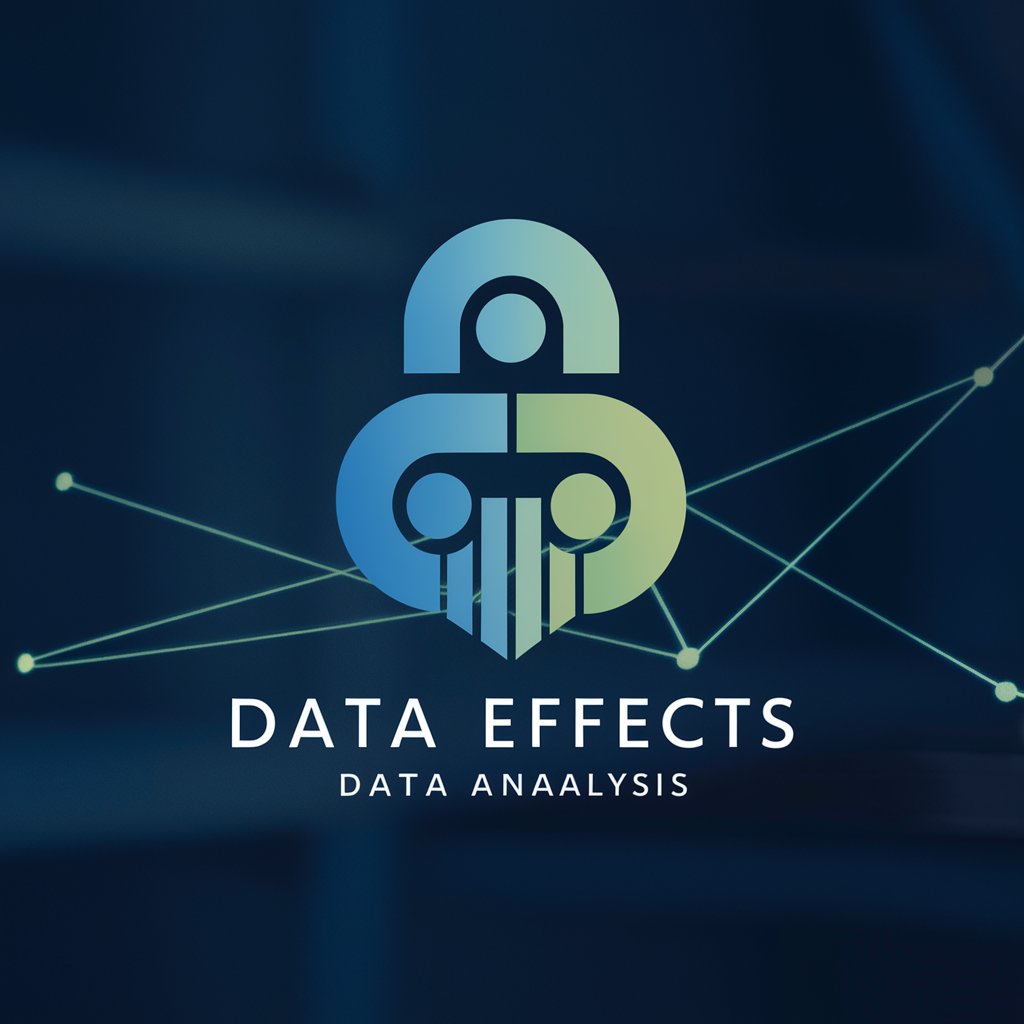Dyadic Multilevel Data Analysis in R - Dyadic Data Analysis Tool

Welcome to your data analysis guide!
AI-driven analysis of dyadic data
Create a logo that features a data analysis assistant with a focus on mixed effects models.
Design a logo symbolizing expertise in dyadic multilevel data analysis with graphs and data points.
Develop a logo for a data analysis tool, emphasizing trust and technical proficiency.
Create an emblem that incorporates data analysis and dyadic interactions in a modern, professional style.
Get Embed Code
Introduction to Dyadic Multilevel Data Analysis in R
Dyadic Multilevel Data Analysis in R is a specialized approach designed to analyze data that originates from dyads, such as couples, parent-child pairs, or teammates. This statistical method acknowledges the interconnected nature of dyadic data, where observations within a pair can influence each other and are not independent. The analysis incorporates multilevel modeling to handle the nested structure of the data, with measurements nested within individuals, and individuals nested within dyads. It's particularly useful in understanding relationships within dyads, including how individual characteristics or behaviors affect each other within the dyadic context. For example, in studying the impact of stress on relationship satisfaction within couples, dyadic analysis can reveal not just how an individual's stress affects their own satisfaction (actor effect), but also how it affects their partner's satisfaction (partner effect). Powered by ChatGPT-4o。

Main Functions of Dyadic Multilevel Data Analysis in R
Actor-Partner Interdependence Model (APIM)
Example
Evaluating how personal stress levels influence not only an individual's own well-being but also their partner's well-being in a romantic relationship.
Scenario
In a study with dual-career couples, researchers use APIM to assess how end-of-day stressors experienced by one partner at work (actor effect) are associated with their own and their partner's (partner effect) end-of-day relationship satisfaction.
Dyadic Growth Curve Modeling
Example
Investigating how relationship satisfaction evolves over time within couples undergoing therapy.
Scenario
Researchers employ Dyadic Growth Curve Modeling to understand the trajectory of relationship satisfaction over the course of therapy, identifying both common trends within couples and individual variations.
Dyadic Daily Diary Analysis
Example
Studying the day-to-day fluctuations in mood and their impact within parent-child dyads.
Scenario
In a daily diary study, Dyadic Daily Diary Analysis can be used to examine how parents' daily stress levels influence not only their own mood but also their child's mood, taking into account the reciprocal nature of their interactions.
Ideal Users of Dyadic Multilevel Data Analysis in R
Social and Behavioral Researchers
Scholars studying interpersonal dynamics, such as those in psychology, sociology, and education, can benefit immensely from dyadic analysis to understand complex social interactions within pairs, like the mutual influence of behaviors, emotions, or attitudes.
Health and Clinical Researchers
Professionals examining patient-caregiver interactions, treatment effects in dyadic contexts (e.g., couples therapy), or the impact of chronic illnesses on patient-spouse relationships can leverage dyadic analysis for deeper insights into health-related interpersonal processes.
Organizational Psychologists
Experts interested in workplace dynamics, especially in how relationships between coworkers or between supervisors and subordinates evolve and affect performance, can use dyadic analysis to uncover the nuanced effects of interpersonal relations on organizational outcomes.

Using Dyadic Multilevel Data Analysis in R
1
Start by exploring yeschat.ai to engage with a free trial that requires no login or subscription, providing an accessible entry point for anyone interested in learning about Dyadic Multilevel Data Analysis without any initial commitments.
2
Install and load necessary R packages such as 'nlme' for linear and nonlinear mixed effects models and 'lme4' or 'glmmTMB' for generalized linear mixed models, ensuring you have the tools required for dyadic data analysis.
3
Prepare your dyadic dataset, ensuring that data are structured properly with dyads (e.g., couples, parent/child pairs) and within-dyad individuals identified, alongside repeated measures if applicable.
4
Use the appropriate R function to specify your model, taking into account fixed and random effects that account for the interdependence within dyads and the repeated measures within individuals.
5
Evaluate your model's fit and outputs, interpreting the results in the context of your research questions while paying attention to the significance of actor and partner effects within the dyadic data.
Try other advanced and practical GPTs
MunchMate
Eat Smart with AI-Powered Nutrition

英会話サポート(ミスのみ日本語で指摘)
AI-powered English conversation and grammar assistance

英会話
Master English with AI Guidance

英会話勉強講師
Master English with AI Coaching

英会話サポートGPT
AI-Powered English Learning Companion

英会話道場
Speak English Confidently with AI

Classroom Companion
Empowering education with AI

Classroom Topper
Unlock Learning with AI

Classroom Coach
Empowering preservice teachers with AI-driven insights

Guide Learn Advance
Empowering Your Career Journey with AI

App Innovator
Power Your Creativity with AI

App Navigator
Your AI-powered application guide.

Q&A on Dyadic Multilevel Data Analysis in R
What is Dyadic Multilevel Data Analysis?
Dyadic Multilevel Data Analysis in R refers to statistical methods used to analyze data collected from pairs (dyads) where observations are nested within individuals, and individuals are nested within dyads. This analysis accounts for the non-independence of dyad members and can include both fixed and random effects to explore interactions within and between dyads.
Which R packages are recommended for Dyadic Multilevel Data Analysis?
For dyadic data analysis, 'nlme' and 'lme4' are commonly used for mixed-effects models, while 'glmmTMB' is preferred for generalized linear mixed models. These packages offer comprehensive functions for modeling dyadic data structures, including actor-partner interdependence.
How do I structure my data for Dyadic Analysis in R?
Data should be structured with each row representing an observation within a dyad, including identifiers for dyads and individuals within dyads. Variables should include both independent and dependent measures, and, if applicable, variables to account for repeated measures over time.
Can Dyadic Multilevel Data Analysis handle non-linear relationships?
Yes, R packages like 'nlme' and 'glmmTMB' allow for the modeling of non-linear relationships within dyadic data. This involves specifying non-linear functions within the model formula, enabling the analysis of complex dynamics within dyads.
What are some common pitfalls in Dyadic Multilevel Data Analysis?
Common pitfalls include failing to account for the non-independence of dyad members, overlooking potential non-linear relationships, and misinterpreting the actor and partner effects. Ensuring proper model specification and interpretation is crucial for valid conclusions.
